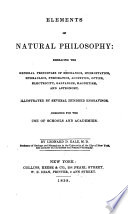 | Leonard Dunnell Gale - Physics - 1838 - 280 pages
...of. 36 length of. 37 expansion of. 37 gridiron............... 37 MECHANICAL POWERS. Mechanical Powers The Lever The Wheel and Axle The Pulley The Inclined Plane The Wedge ..... 38 38 43 45 47 60 The Screw .......................... 60 GENERAL REMARKS. Friction. HYDROSTATICS.... | |
 | James Ferguson - Astronomy - 1839 - 554 pages
...allowances are to be made. 1 he me' The simple machines, usually called mechanical powers, powers, are six in number, viz. the lever, the wheel and axle,...the pulley, the inclined plane, the wedge, and the screws.0 — They are called mechanical powers, because they help us mechanically to raise weights,... | |
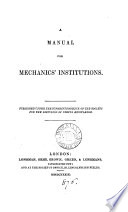 | Society for the diffusion of useful knowledge - 1839 - 380 pages
...manner at another point, is a machine. The simple machines or mechanical powers are six in number — the lever, the wheel and axle, the pulley, the inclined plane, the wedge, and the screw. These are the elements of all machines, however complicated. See Mcch., Treat. II., Arts. 1—6. In... | |
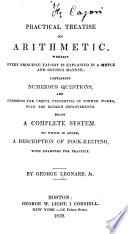 | George Leonard (Jr.) - Arithmetic - 1839 - 362 pages
...SOMETIMES CALLED MECHANICAL POWERS. LESSON 185. There are usually reckoned six simple machines — the lever, the wheel and axle, the pulley, the inclined plane, the screw, and the wedge. The force that raises a weight, or overcomes a resistance, is called the power.... | |
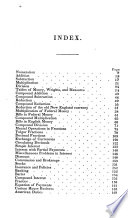 | Benjamin Greenleaf - Arithmetic - 1839 - 356 pages
...The body which receives motion from another, is called the weight. The mechanical powers are five, the Lever, the Wheel and Axle, the Pulley, the Inclined Plane, the Screw and the Wedge. LEVER. The lever is a bar, movable about a fixed point, called its fulcrum or... | |
 | Frederick Augustus Griffiths - 1840 - 436 pages
...resistances than could be effected by the natural strength without them. They are usually accounted Six in number ; viz. : The Lever ; the Wheel, and...; the Inclined Plane ; the Wedge ; and the Screw. Weight, and Power when opposed to each other, signify the body to be moved, and the body that moves... | |
 | Frederick Emerson - 1840 - 302 pages
...resistance than could be effected by the direct application of natural strength. They are usually accounted six in number; viz. the Lever, the Wheel and Axle,...Pulley, the Inclined Plane, the Wedge, and the Screw. The advantage gained by the use of the mechanical powers, does not consist in any increase of the quantum... | |
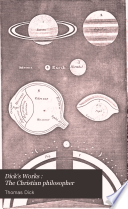 | Thomas Dick - 1840 - 370 pages
...machines, the principles on which their energy depends ; the properties of the mechanical powers — the lever, the wheel, and axle, the pulley, the inclined plane, the wedge and the screw — and the effects resulting from their various combinations. From the investigations of philosophers... | |
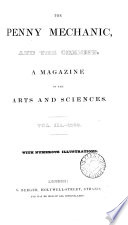 | 1837 - 800 pages
...lever, the cord, and the inclined plane. They have been, however, differently enumerated by others ; viz., the lever, the wheel and axle, the pulley, the inclined plane, the wedge and the screw, being six in number. The first class in eludes every machine which is composed of a solid body revolving... | |
 | George Leonard (jr.) - Arithmetic - 1841 - 352 pages
...MACHINES, OFTEN CALLED MECHANICAL POWERS. LESSON 194. There are usually reckoned six simple machines ; the lever, the wheel and axle, the pulley, the inclined plane, the tcrew, and the wedge. The force that raises a weight, or overcomes a resistance, is called the power.... | |
| |